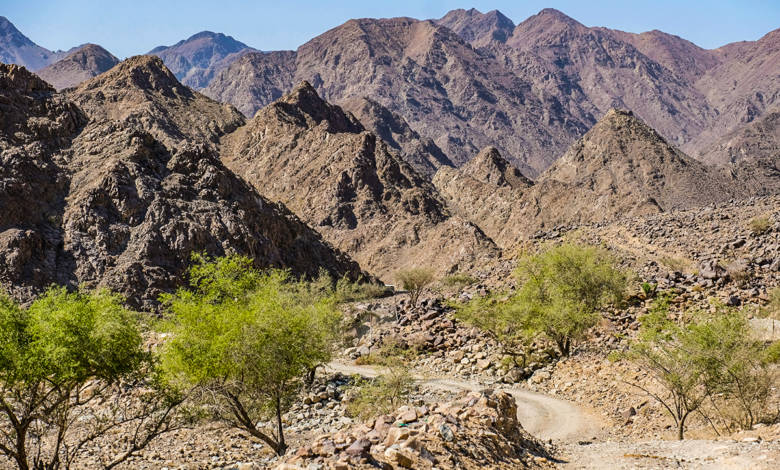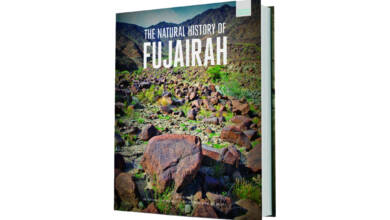Fujairah Flora: The Sidr tree

The sidr tree has grown in the deserts of the region for thousands of years. It is known for being extremely hardy as it can withstand extreme weather conditions. The sidr also provides habitat for bees.
The history and culture of the Sidr tree
In the Quran the Sidr Tree is one of the plants of Paradise and is referenced to emphasize its beauty, strength and grandeur. The fruit of the tree was the first thing Prophet Adam (PBUH) ate when he was made to descend to earth because of its great source of energy.
The tree was used during the time of King Suleiman (PBUH) and the Pharaohs used it to build palaces and temples. It is believed by many that the ‘Crown of Thorns’ as described in the Bible worn by Jesus at his crucifixion was made from the branches of this tree.
Sidr leaves as a part of the cultural heritage of the United Arab Emirates. Al Hemyan is an oral history project helping create a digital archive for public exhibits and art in Abu Dhabi. Hamda Al Bu Falah, a contributor, and student of the New York University said, “The last generation that I think used Al Sidr leaves was my great-grandmother.
It would have been used as shampoo or body wash. The story goes that they used to pick the leaves, grind them and mix them with water when it becomes a sort of soap. We have so much today compared with a few generations back. Al Sidr leaves make me look at what we have right now and how far we have come.”
Powdered Al Sidr can still be purchased in herbal shops today and forms the basic ingredient of Oman’s Sidr range of herbal shampoos.
Benefits of the Sidr Tree
All parts of the Sidr tree provide health benefits. The fruit is a great source of energy, the seeds are rich in protein, the leaves carry large amounts of calcium, iron and magnesium, the root, stem bark is used in a variety of medicinal preparations and the wood ash is used for the treatment of snakebites.
The nutrients and properties are retained in the raw Sidr honey which is often called the ‘Manuka of the Middle East’ as it has similar or even more active enzymes and nutrients.





